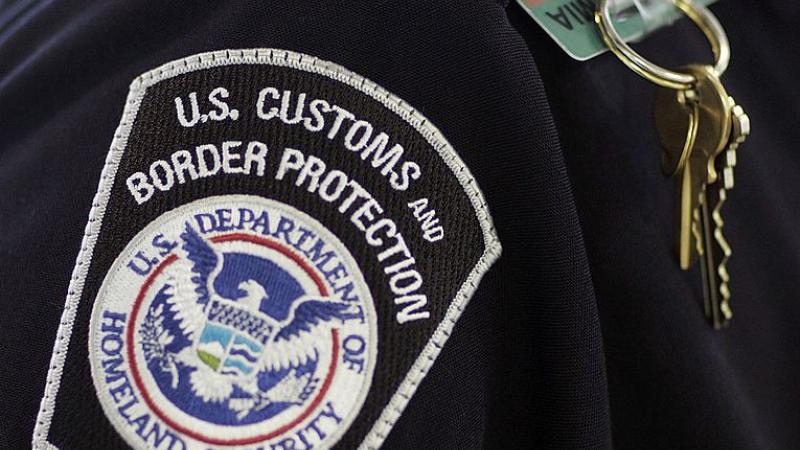Supermarkets are relatively unlikely spots for coronavirus infection, data suggests
Numbers to date suggest relatively little risk — either for shoppers or, more surprisingly, grocery workers.
A staple of the American economy and way of life, grocery stores have in recent weeks become places of significant fear for many Americans wary that the crowded, sometimes close-quarter environments may represent a prime infection vector for coronavirus.
Yet several studies, as well as ongoing data regarding coronavirus outbreaks and worker infection rates, continue to suggest that supermarkets pose relatively little risk both for those who shop in them and, even more surprisingly, for those who work long shifts in them.
Since the arrival of the pandemic in the United States, grocery stores here have responded with significant mitigation and sanitization measures. Many have dialed back their hours to allow for aggressive cleaning procedures. Others have installed plastic protective shields at cash registers and checkouts. Most major food retailers have made it mandatory for workers to wear masks while on the job. Chains like Walmart and Kroger have imposed capacity limits on their buildings.
Many of those measures, however, have only appeared over the last several weeks — well after there were already indicators that grocery shopping posed relatively little risk for infection.
In April, Hendrik Streeck, a virologist at the University of Bonn, determined that it was highly unlikely that shoppers would contract the virus when buying groceries. He told media at the beginning of last month that, through a survey of the disease's spread in Germany, he found "no significant risk of catching the disease when you go shopping."
"Severe outbreaks of the infection were always a result of people being closer together over a longer period of time," he said, remarking that in the outbreaks he studied, "infection didn’t come from supermarkets or butchers or restaurants. It came from long periods together in closed spaces."
Streeck's findings dovetail with those of several scientists out of Hong Kong and China, who said in a study early last month that out of 318 outbreaks they surveyed, just seven, or just above 2%, came from supermarkets or shopping malls. One of the study's authors, Professor Te Miao from the University of Hong Kong, confirmed to Just the News that the researchers identified just two outbreaks associated with supermarkets, or 0.6% of the total.
Infection rates among workers appear low
Of course, shoppers can come and go from a supermarket in just a few minutes. Those who work there, however, have to stick around for hours at a time, interact with dozens of customers, and handle merchandise often picked over extensively by the public. But infection and mortality numbers appear to be relatively low even among grocery workers.
The United Food and Commercial Workers — the largest grocery union in the country — said in a press release last week that since the pandemic reached the United States "68 grocery workers have died and more than 10,000 have been infected or exposed."
The U.S. Census Bureau estimated in 2017 around 3 million grocery workers employed in the United States. If those numbers have largely held steady, then the share of UFCW workers who have contracted the disease is at most one third of one percent of the entire U.S. grocery force, and the number who have died from it is around 0.002%.
Those numbers, which of course represent significant personal hardships and losses, suggest that the danger of contracting COVID-19 at grocery stores is low, even among those at greatest risk of infection. Part of that may be due to the mitigation efforts put in many stores in recent weeks, as well as consumer-led efforts to wear masks and keep distance between each other while shopping.
Another part of the explanation may lie in the mechanics of the virus itself: In the Chinese and Hong Kong study, nearly four out of every five outbreaks surveyed were associated with home spread, suggesting a high likelihood of infection in closed spaces. Supermarkets, which are generally very large and equipped with heavy-duty air circulation and filtration systems, may simply be unlikely to harbor enough of the virus to pose a threat to most consumers or workers.
New data on the virus, of course, is always coming to light, and the risk associated with grocery stores may rise as the pandemic continues. As of now, however, the evidence suggests that people can shop for groceries with relatively little worry about catching the coronavirus — good news for supermarkets, and for the people who shop, work in and depend upon them.
This article was updated on Wednesday at 8:20 am with comments from a University of Hong Kong professor.
















